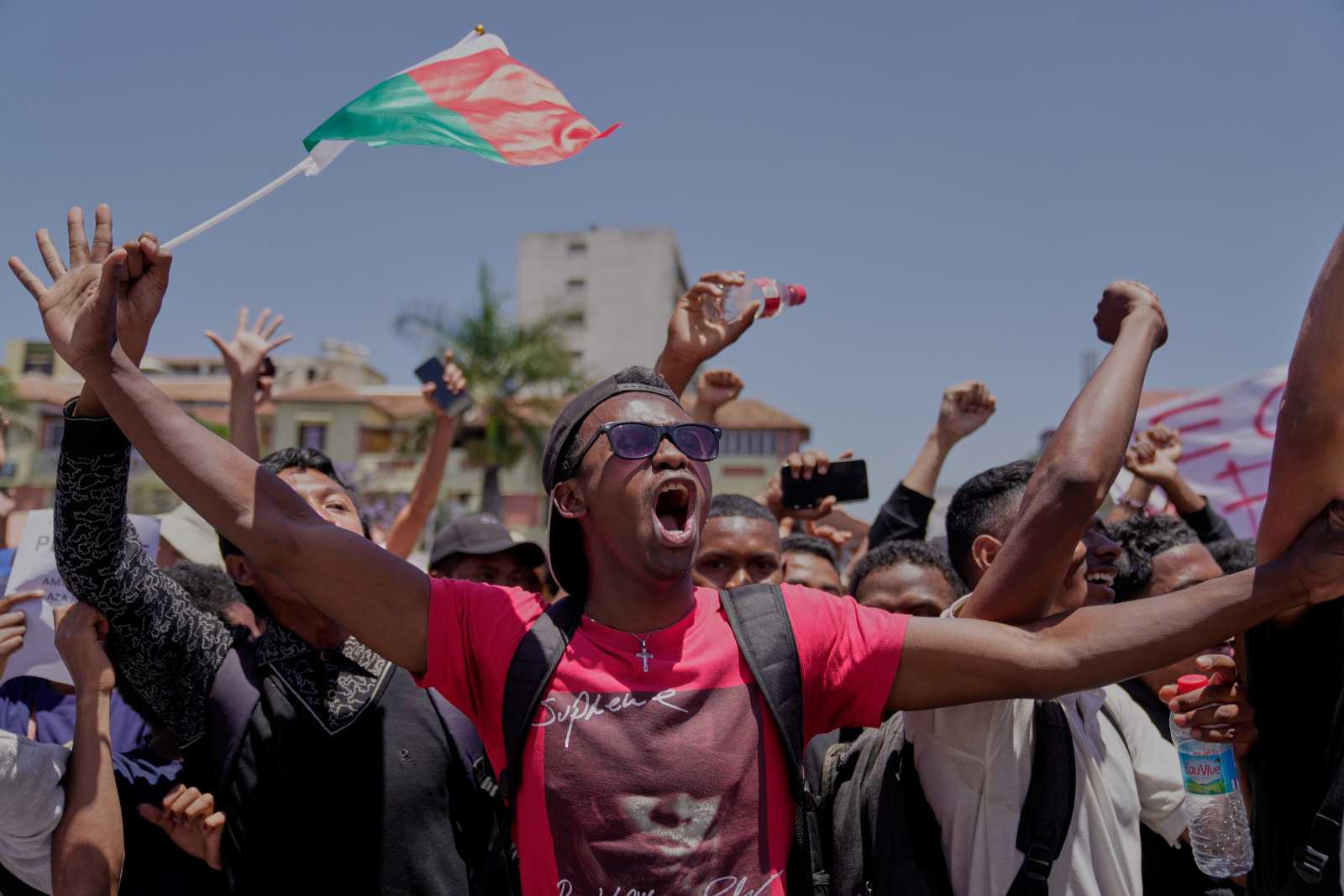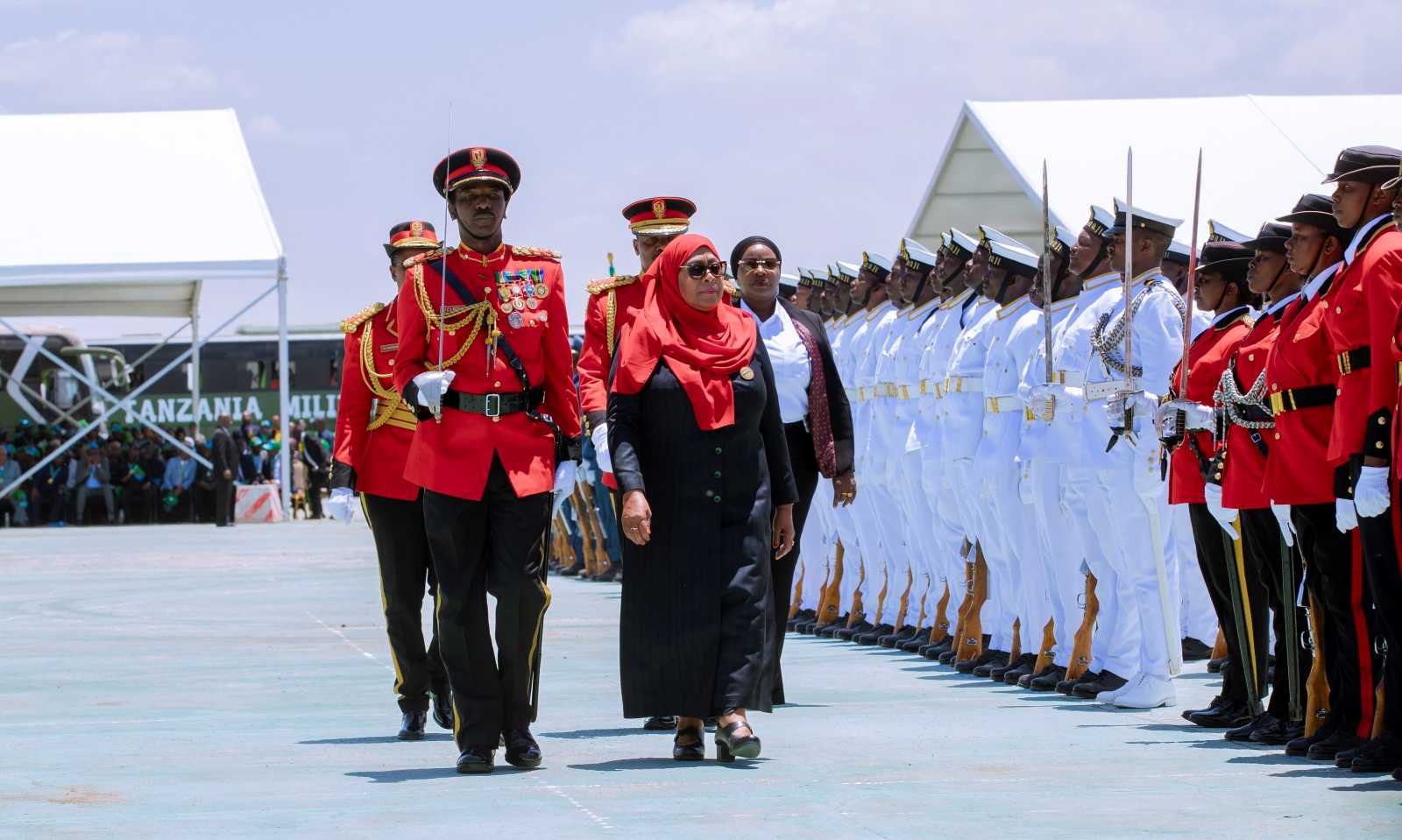Crisis areas
State of conflict
By Aditi Roy Ghatak
On 25 February 2012, India’s most read business paper, the Economic Times, published a special front page. All it had was an advertisement of a company named Adani, “the world’s largest coal trader” and India’s largest mine developer. “We also operate the world’s largest import coal terminal” the advertisement said and went on to talk of the group’s vision: “We aim to achieve 200 mmt (million metric tons) of coal mining, 200 mmt of cargo handling and 20,000 megawatt of power generation by 2020”. The advertisement continued on to the back page of the paper. The same edition prominently included a long story about yet another global mining company: Vedanta Resources, which is in a major crisis because of gigantic debts.
It is no surprise that mining companies catch the headlines in India. The total value of mineral production in this country (excluding atomic minerals) in 2010/11 has been estimated at € 29 billion, some 12 % more than in the previous financial year. The industry employs around 11 million people and only occupies 0.7 million hectares, which is a mere 0.21 % of the national territory. Nonetheless, this industry is at the heart of violent conflicts that rock many areas.
Huge sums of money are riding on India’s minerals sector. Enormous investments are proposed to make even more obscene profits – they are obscene because the host communities to India’s vast mineral resources live in the most deplorable conditions imaginable. Indeed, some regions of this populous country are experiencing the same challenges that resource-rich fragile states face in other parts of the developing world, including corruption and political violence.
Even day-to-day events around mining are macabre in India. In the state of Jharkhand in November last year, a nun was brutally killed (see box on p. 235). She had been organising Adivasis in protest against the mining lobby. Most killings, however, are never reported. A case has to be spectacular, for instance by involving a religious person like Sister Valsa, to be covered by the media.
Civil society has been in uproar some time, and so are political groups that are only interested in exploiting situations for their own ends. Maoist militias, the so-called Naxalites, for instance, operate in this troubled milieu in rural and forest areas. Their insurgency started in the 1960s. In 2007, it was estimated that Naxalites were active across half of the India’s 28 states. It is no coincidence that these districts are largely in the mining belt where people are affected by displacement and soil degradation.
India has a “National Policy on Resettlement and Rehabilitation for Project Affected Families” that is hardly paid any attention. Implementation is not even half-hearted. In any event, there is no mechanism or institution to assess and monitor displacements and traumas. Rehabilitation generally tends to be absolutely inadequate. People are hardly compensated for the livelihoods they lose. They are poor before the mining industry intervenes, and become even poorer in the process, ecologically and economically.
The Adivasis
Adivasis have been living in the mining areas of eastern and central India for centuries. The arrival of mining companies disrupted their traditional lifestyles. Depressingly, malpractices did not stop after the government took over the coal industry. More recent privatisation policies did not make a difference either.
Today, tribals comprise 8.6 % of India’s population and about 40 % of them have been displaced from their traditional homes by what is called “development projects”. According to Greenpeace estimates, almost half the people who had to relocate because of large-scale projects were Adivasis. Many, moreover, are evicted from new settlements when another project comes along.
Mandatory public hearings are supposed to precede all major projects in sensitive areas but they typically end up making a mockery of the process: powerful companies cynically manage the meetings, crowding them with their paid men and having everything passed in their favour.
Mining is an expensive activity that only the wealthy can afford. First, the British colonial power examined the coal belt in eastern India. Later entrepreneurial classes from Rajasthan and Gujarat, two western regions, began to control the industry. Mining stocks soared but the local farmers suffered in cultural, environmental and economic terms. Many died but, at least, there were more jobs in the times of labour-intensive mining. Today, mining hardly employs displaced people anymore.
A host of laws is meant to govern the mining industry (see box p. 236). In practice, however, the communities whose soils are being exploited have no control at all.
A leading consulting company, Ernst & Young, talks of India as being “well endowed with several mineral resources”. Its assessment later states: “Much has remained unexplored/undiscovered due to various reasons or challenges over decades. The time has come to move fast forward and leverage the opportunity of a high economic cycle and rising domestic demand to put some resources to enhance the pipeline of mineral resources.”
This is how the global industry considers India’s natural resource wealth. There is neither concern for the people living in the affected areas nor for environmental degradation. It is absurd that such a scenario is officially called “development”.
State failure
In India, governance in the mining sector has been poor for a very long time. When government agencies come into play at all, they typically support the mining companies instead of the people affected. Indeed, the government agencies hardly have the manpower or other resources to check violations or investigate them after they have been committed.
The tribals know when the mining lobby is about to arrive. The first tell-tale sign is a police outpost being set up. Things might be different if the government invested in schools or hospitals instead. Such a pattern would certainly have made the man-mine conflict easier to manage. Today, violent conflict often brings the industry to a standstill.
To some extent, India’s independent judiciary is trying to get a grip on the issue. In the state of Karnataka, the Supreme Court intervened in a case of criminal mining of iron ore. Powerful mining companies were illegally extracting ore and only paying a pittance to the state exchequer: Two leading state ministers (the Reddy brothers) were put behind bars and the Chief Minister himself was arrested and deposed. India is the world’s third-biggest supplier of iron ore. Globally, iron-ore prices are skyrocketing.
In the neighbouring state of Andhra Pradesh, the Obulapuram Mining Company, which is owned by the Reddy brothers, was accused of encroaching on 40 hectares of protected forest land in Bellary. The purpose was illegal mining.
India’s lush Western Ghats (mountainous tracts) in the western State of Maharashtra have been ravaged by mining too. Production is likely to resume there after environmental plans were officially approved. Civil society organisations, however, doubt they will be implemented.
Concern in civil society
A recent multi-city dialogue on mining and biodiversity took place in Pune (Mahrashtra State), Ranchi (Jharkhand), Bhubaneshwar (Orissa) and Balipara (Orissa). It was held under the aegis of the Balipara Tract and Frontier Foundation and supported by Tata Institute of Social Sciences, the International Union for Conservation of Nature and Development Alternatives. The basic question was whether all Indians are equal in terms of state and society respecting their rights.
This question is especially pertinent in industry and government which typically do not take the fundamental rights of Adivasis into account. There is a constant refrain in the country about protecting their rights, but the multi-stakeholder dialogue found that such rhetoric makes hardly any difference for all practical purposes.
Another area of concern is how serious India is about protecting its environment. The multi-city dialogue examined the nature and the intent of the laws on environmental preservation, biodiversity and the manner in which such regulations are circumvented and flouted. The result was that India, in spite of a lot of talk, is not serious about living up to the intergenerational responsibility of conserving natural wealth for future generations.
The Scheduled Tribes and Other Traditional Forest Dwellers (Recognitions of Forest Rights) Act is a good example. It was amended in 2006, but its enforcement was stymied by the bureaucracy. “Officials of the forest department have been hijacking the law, and the forest dwellers have not yet received their dues,” says Shankar Gopalakrishnan of the Campaign for Survival and Dignity, a non-governmental organisation.
Indeed, things could be different if India enforced its laws. The current state of environmental degradation in every mining region, however, is evidence of utter disregard of official regulations. One of the most interesting issues the multi-city dialogue discussed was whether it would be feasible to put projects on hold until the needs of the local people (including resettlement and full rehabilitation) are taken care of.
Environmental impact assessments
Government agencies are considering such options too. In Maharashtra, the Western Ghats Ecology Expert Committee has asked for a moratorium on all mining activity and coal-based power projects in coastal districts until an environmental impact assessment (EIA) has been carried out. This committee was appointed by the national government’s Ministry of Environment and Forest. Civil society experts, however, expect its recommendations to be quietly buried.
The irony is that Indian law demands that EIAs be carried out before any major investments. The sad truth, however, is that EIAs are often flimsy or are not done at all, even in urban areas where government agencies tend to be stronger. In remote forests, the state tends to materialise only in its security-forces incarnation.
The increasingly violent nature of conflicts is causing socio-economic and ecological instability of the worst kind. So far, government responses at the national and state levels have been inadequate. India needs a regime that guarantees responsible investments to promote real development instead of oppressing and manipulating local communities.
At the official level, deep concern is voiced, but the policies that arise from such worries do not lead to convincing results (see box on p. 236). Meanwhile the “go-no-go” debate on where the government will permit mining and where it will not is slowly swerving towards opening up of more belts to mining. Falling under the sweep of industrial development are agricultural land, common land and forests, threatening communities with fresh displacement.
Where does governance end and exploitation begin? The Land Acquisition Bill, 2007 is yet to go through the Parliament; so the issues of rehabilitation and resettlement of the people affected by mining operations hang in a limbo. A rather well-intended Mines and Minerals (Development and Regulation) Bill languishes with the Standing Committee of the Indian Parliament. Tall demands are made that mining companies must compensate affected communities and people at “current market rate” and share their profits with the affected. Nonetheless, the saga of poor people in a rich land continues.
A coal-mining project was granted to the Punjab State Electricity Board in a Scheduled Tribal area in the State of Jharkhand in eastern India. Forty-one square kilometres were surveyed and delineated, holding 562 million tons of coal reserve. Open cast mining will be permitted, affecting forests, rivers and grazing lands.
The plan allows 44 years of open cast mining to extract 289 million tons of coal. The Jharkhand government is expected to get annual royalty equivalent of € 140 million. According to official estimates, 250 families will be displaced in the next 10 to 15 years and “afterwards possibly more”. Compensation money was promised, and some people, including individual tribal leaders, expected to become rich.
Sister Valsa was murdered in November last year after she tried to ensure that the community and not some individuals would benefit from mining-related contracts and compensation money. She campaigned for an oversight over mining-company payments. The nun was hacked to death by a mob of some 40 men, which seven persons are suspected to have organised and led. Investigations are still going on. India’s track record in these matters suggests that they will probably never come to any conclusion. (arg)








